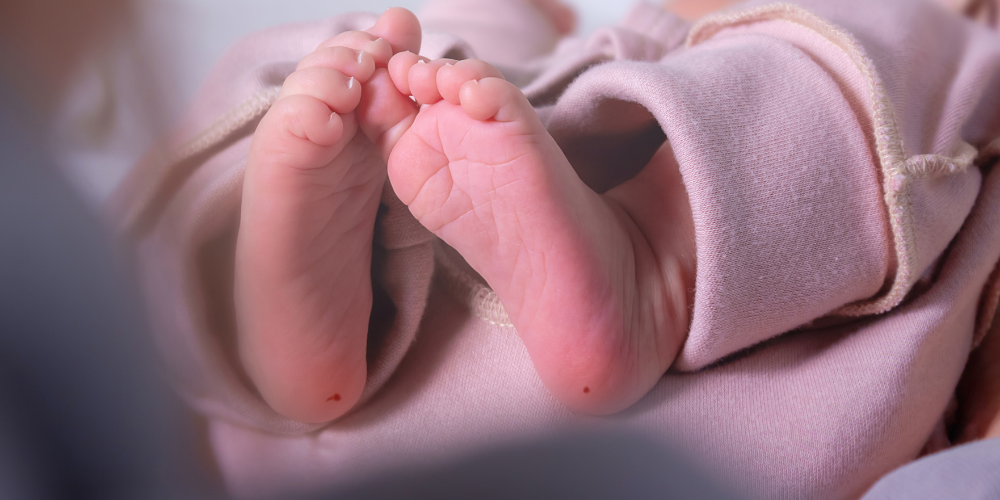
Causes of Limb-Length Conditions
Limb-length conditions can result from:
Symptoms and Effects of Limb-Length Conditions Children whose limbs vary in length often experience difficulty using their arms or legs. They might have difficulty walking or using both arms to engage in everyday activities.
Diagnosing Limb-Length Conditions
Infants, children or adolescents suspected of having a limb-length condition should receive an evaluation at the first sign of difficulty in using their arms or legs. In many cases, signs are subtle and only noticeable in certain situations, such as when buying clothing or playing sports.
Proper initial assessments by qualified doctors can reduce the likelihood of long-term complications and increase the likelihood that less invasive management will be effective. In most cases, very mild limb length discrepancies require no formal treatment at all.
Treatment
A discrepancy in leg length during growth will cause a tilted sacral base, with a lumbar curvatureresulting in a scoliosis which is usually mild, but the underlying cause should be identified and corrected in order to allow balanced spinal growth. If there is an anatomical difference in the length of the legs, a heel lift (or sole lift, in some cases) should be supplied. A functional short leg is due to an asymmetry in alignment, most commonly as a result of a sacro iliac disfunction, excessive pronation and/or lack of development of an arch of one foot. It is very important to recognize the functional short leg, since providing a heel lift instead of an orthotic is likely to perpetuate any associated sacroiliac subluxations. There is little reliable information on the radiographs to differentiate these conditions. A good clinical postural exam with lower extremity screening (including shoe wear patterns) can help make this determination.

